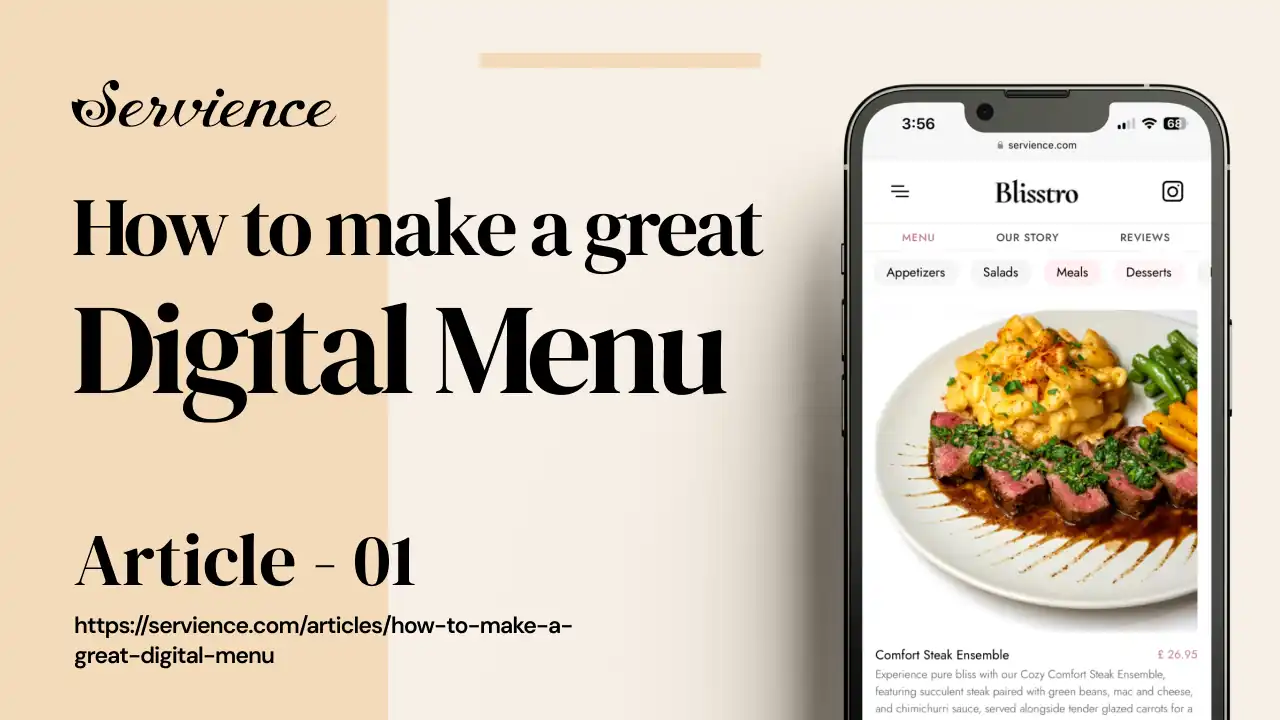In the rapidly evolving landscape of the food and beverage industry, digital menus have emerged as a game-changing innovation. Transitioning from traditional paper menus to digital formats offers a plethora of advantages that cater to both business owners and customers alike. Here are seven key benefits of digital menus:
1. Enhanced Customer Experience
Digital menus provide an interactive and engaging way for customers to explore a restaurant's offerings. High-quality images, detailed descriptions, and even videos can be included to tantalize the taste buds before an order is placed. This not only makes the decision-making process easier but also more enjoyable. Additionally, features such as allergen information, ingredient lists, and customization options are readily accessible, enhancing customer satisfaction.
2. Dynamic Updates
One of the most significant advantages of digital menus is the ability to update them in real time. Whether it’s a change in pricing, the introduction of a new dish, or the removal of an item, updates can be made instantly without the need for reprinting menus. This flexibility is especially beneficial for seasonal offerings and daily specials, ensuring that customers always have the most current information.
3. Cost-Effective
While there is an initial investment in digital menu technology, it can be more cost-effective in the long run. Traditional menus incur recurring costs for printing and reprinting due to wear and tear or menu changes. Digital menus eliminate these ongoing expenses, providing a more sustainable and economical solution over time.
4. Increased Sales and Upselling Opportunities
Digital menus can strategically highlight high-margin items, special promotions, and add-ons, encouraging customers to make additional purchases. Interactive features can suggest complementary items, turning a simple meal into a more extensive dining experience. This can lead to increased average order values and overall sales.
5. Improved Operational Efficiency
Digital menus streamline the ordering process, reducing the potential for errors that often occur with handwritten orders. Integrating digital menus with the restaurant’s point-of-sale (POS) system can ensure orders are accurately transmitted to the kitchen, enhancing workflow and reducing wait times. This leads to a smoother operation and happier customers.
6. Enhanced Analytics and Insights
Digital menus provide valuable data that can be analyzed to gain insights into customer preferences and behavior. Restaurants can track which items are most popular, peak ordering times, and the effectiveness of promotions. This data-driven approach enables better decision-making, allowing for menu optimization and targeted marketing strategies.
7. Adaptability to Changing Trends
The restaurant industry is constantly evolving, and digital menus allow establishments to keep pace with changing trends and customer expectations. Whether it’s incorporating new dietary trends, featuring local and sustainable ingredients, or accommodating a rise in delivery and takeout orders, digital menus offer the adaptability needed to stay relevant and competitive.
Conclusion
The shift to digital menus is more than just a technological upgrade; it’s a strategic move that can significantly enhance the dining experience, operational efficiency, and profitability of restaurants. By embracing digital menus, food and beverage establishments can stay ahead of the curve, meeting the demands of modern consumers while optimizing their own operations.
